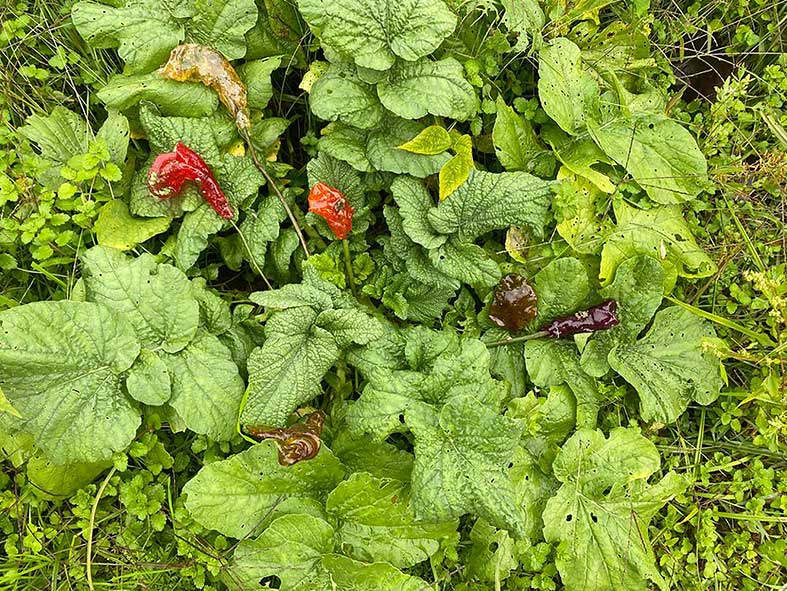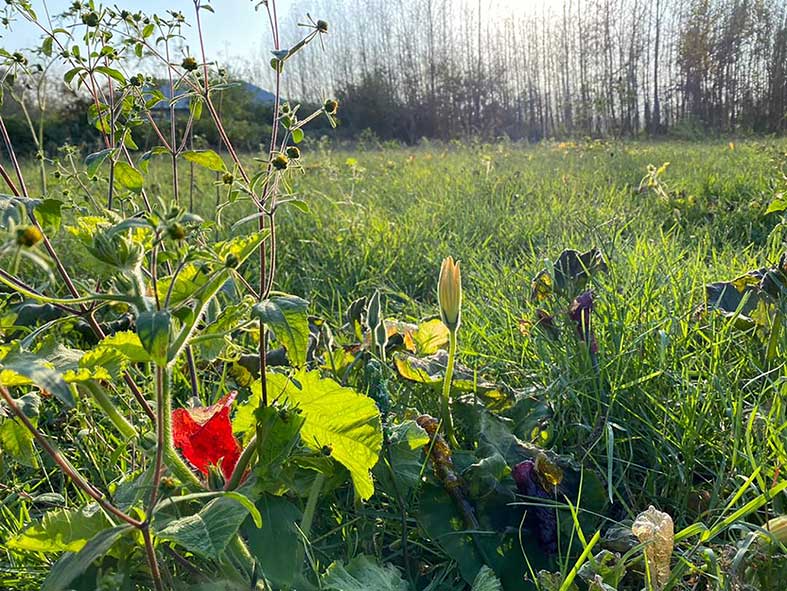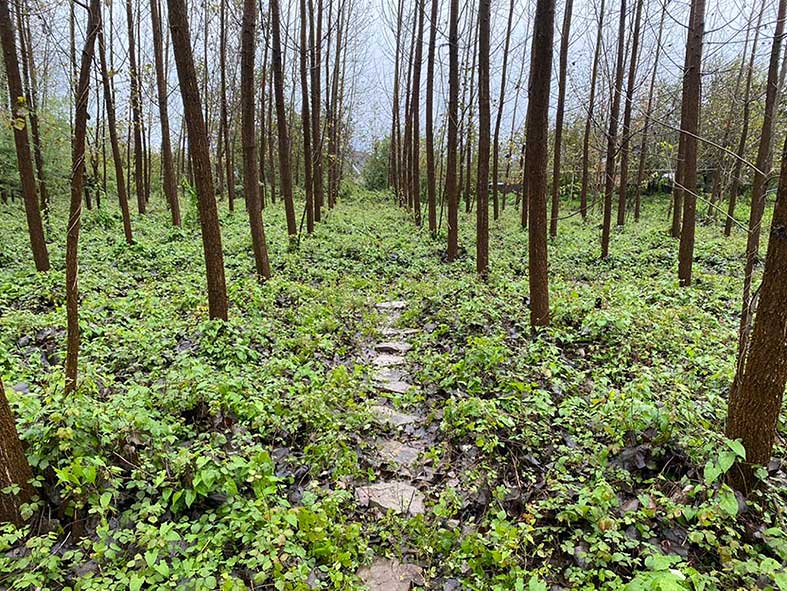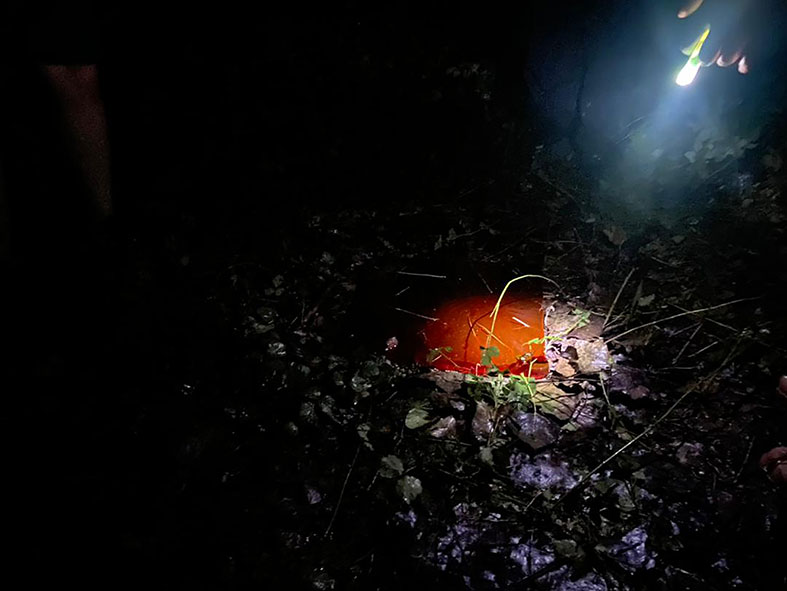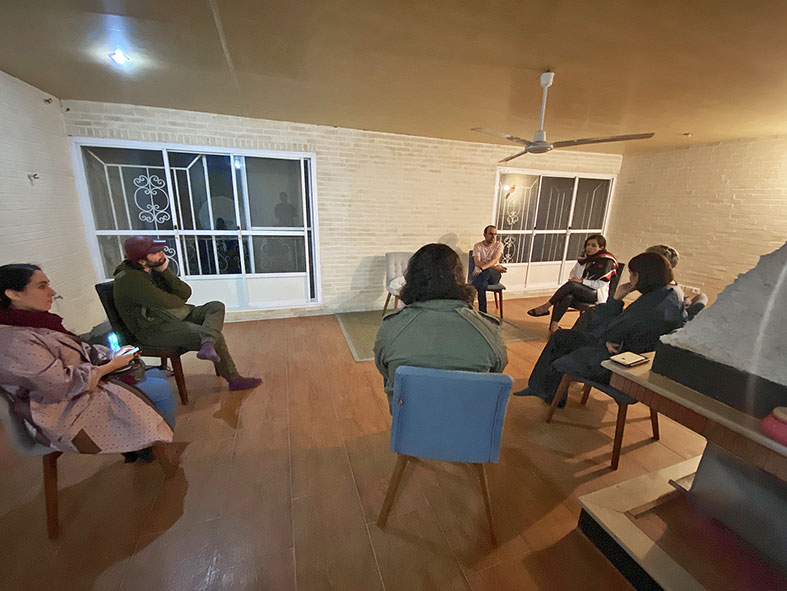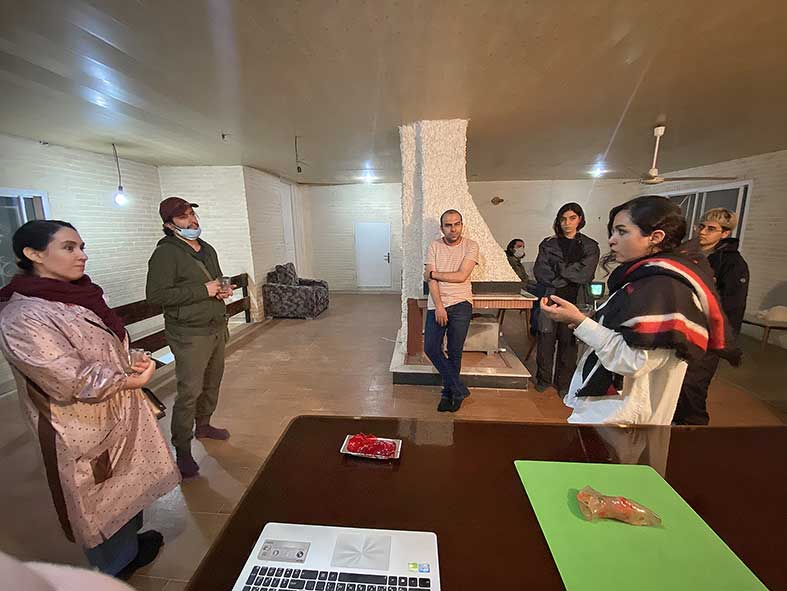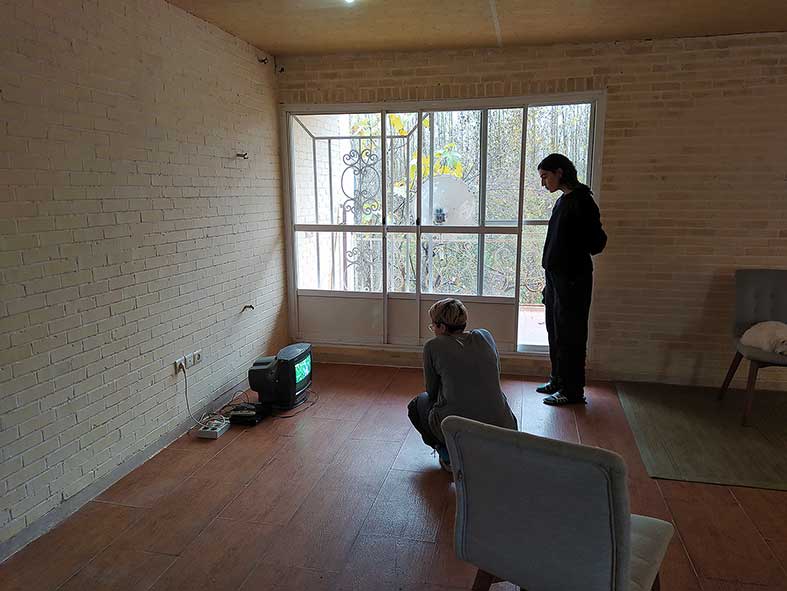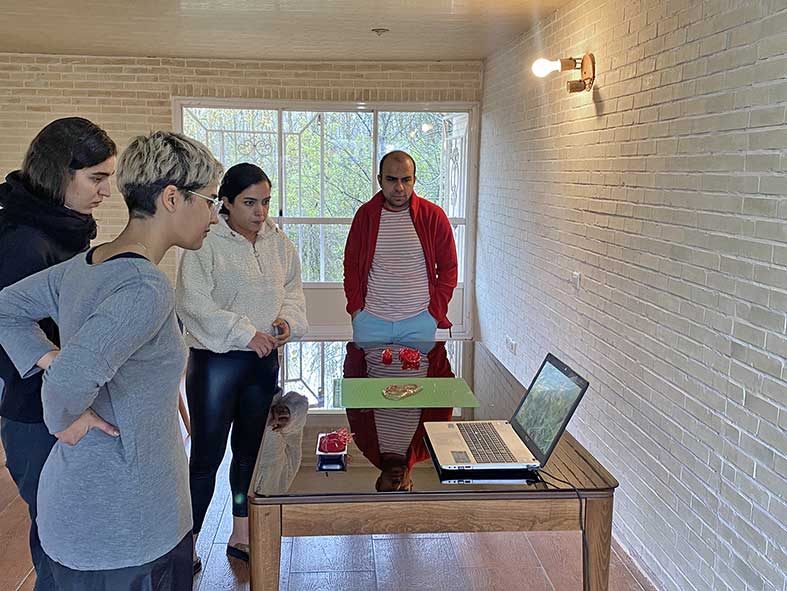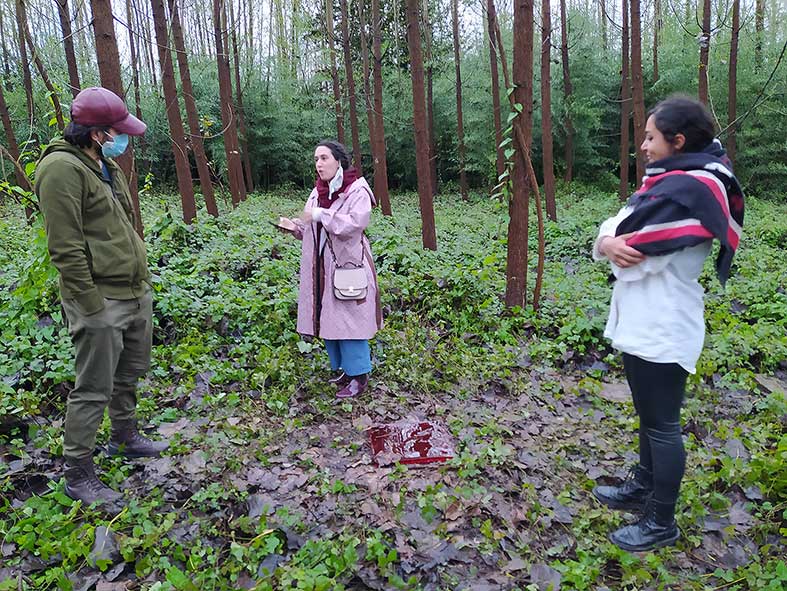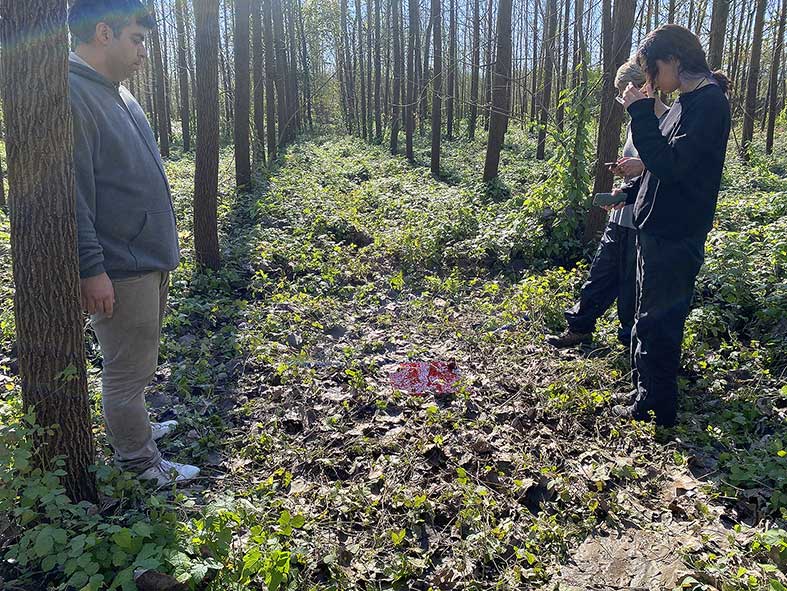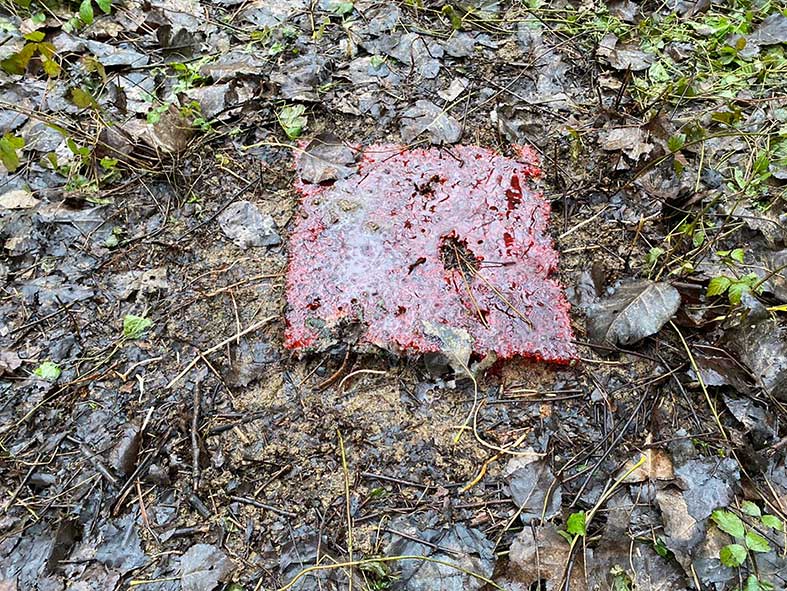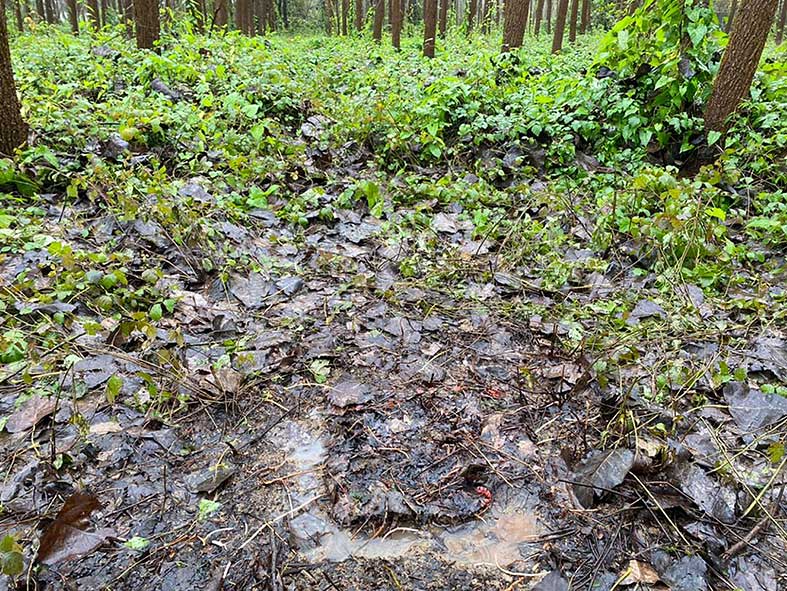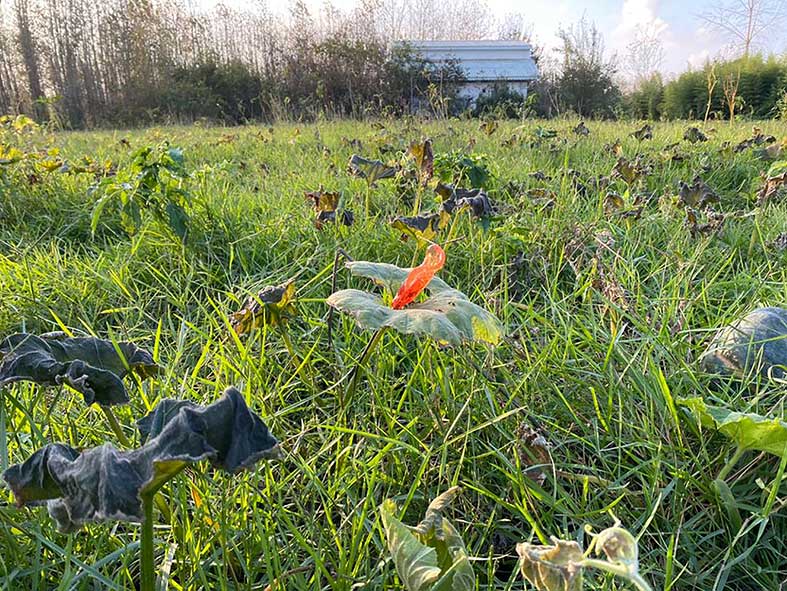/// Picnic #2
Visiting Bahar Sabet‘s project
Presentation, Residency Program, Artist Talk and Publication.
November 2021, Shekarbaghan, Gilan, Iran
Shekarbaghan is a process-based project by Bahar Sabet with an autonomous and interdisciplinary approach, implemented in one of the regions of Gilan province. In this project, Bahar focuses on the process and its concepts rather than emphasizing the final output or object.
Shekarbaghan project
Creating a pattern, design, or concept, or eliciting an action within the void of existence can bring about a slight change to the established order of the universe, resulting in a different form of order in the sequence of events. An ‘event’ occurs as a manifestation of disorder when a system undergoes change. Nature inherently follows patterns to sustain the existence of life; however, introducing a bit of disorder disrupts this order.
In the main part of the Shekarbaghan project, human observers primarily play the role of perceivers, while the artwork, extending beyond its framework, integrates with its immediate surroundings and environment. Eventually, it concludes its journey through interaction with insects, sunlight, wind, and rain. The materials used in the project are sourced directly from the Earth itself. The region of Shekarbaghan is known for its sugarcane fields, and sugar in candy form is utilized in the project.
Eventual Flower
The cycle of existence perpetually consumes and regenerates itself. Nature undergoes constant transformation from one form to another. Initially, sugar exists as a seed beneath the soil, then grows into sugarcane stalks, and through processing, becomes sugar. When heated, it transforms into candy, which is consumed by insects and eventually dissolves into the soil with rainfall. Organic forms in nature evolve visibly under the influence of environmental factors such as temperature, sunlight angles, geographic features, and natural elements.
Throughout the history of systematic agriculture, human intervention has also influenced this evolution. Altering any of these factors can lead to a different outcome for the eventual flower. Nature exhibits no permanent or static form; everything undergoes continuous change, growth, and transformation. Even mountains evolve, increasing in size over time.
This description provides insight into Bahar Sabet’s approach and the philosophical underpinnings of the Shekarbaghan project, highlighting its interaction with nature and the dynamic processes inherent in organic life cycles.
